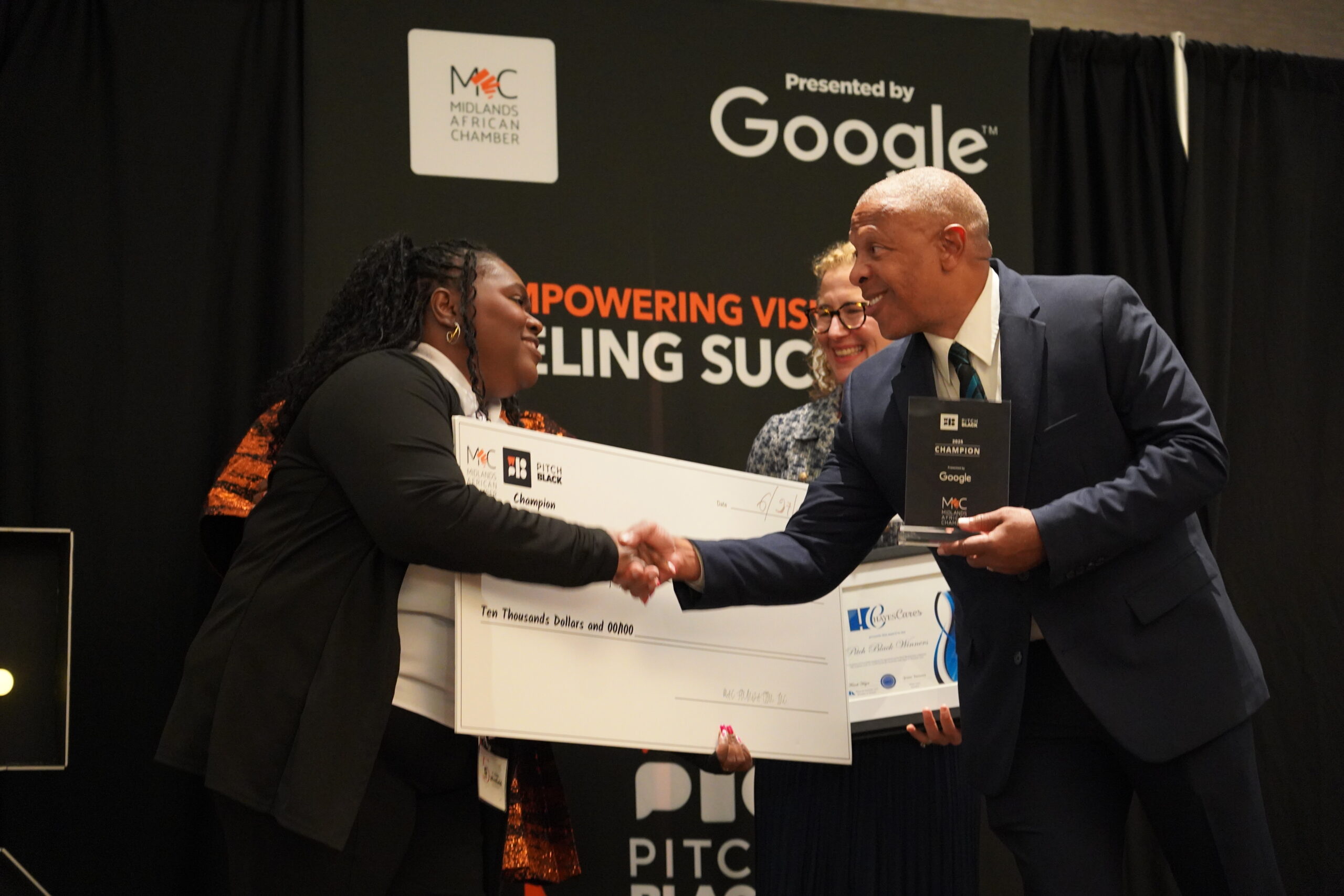
Creativity is the foundation of startup life. Without it you won’t build something valuable enough to overcome the momentum of the status quo. Creativity is required to build something awesome, that people will line up for to spend their hard earned money.
However, to sustain creativity you have to build financial freedom into your startup. Financial freedom allows you to envision a better future—and not worry about today. It also allows you to maximize the momentum of success and limit the cost of failure.
Profits allow you to spend years iterating and sketching—holding out for the best ideas. Think 3M or Kodak. When eureka strikes, profits allow you to hire the best people, equip them with outstanding tools and provide the necessary resources.
Good financial management limits the cost of failure. You will fail. Don’t celebrate it, don’t be above it, instead accept failure as a reality. This will change how you approach risk.
Failure can be a source of knowledge and wisdom. Most successful entrepreneurs have failed, but they didn’t let it kill them. Be careful—failure can stop your creativity by limiting your access to resources. No one wants to work for someone who doesn’t pay their bills. No one wants to be a customer of a company going out of business.
Thankfully, with good financial management you will be able to learn from failure, instead of having it kill you. You will be able to focus on building a better future.
Growth can kill creativity—Don’t let it
Your new startup is born full of financial and creative freedom. Costs are at a minimum, and the future is full of possibility. No one know how much revenue you will generate or the costs to generate that revenue. Your future is so bright!
Then things start to take shape. Employees are hired. The product becomes defined. Strategic plans are crafted. Term sheets signed. Eventually, customers sign-up, credit cards are charged, and support requests pour in.
Unfortunately, this starts to calcify your startup. Your money and time go to running the business. Your available cash goes to building your product and customer base. You don’t have money or time for new ideas, or even reimagining your current product.
How can you build a great business and keep your creative freedom?
Here’s how:
Build something people care about
Preserving your freedom starts with your product. You need to build a product that can produce strong profits. To do this you need to build a product that solves a problem that people are already spending money to solve. People must recognize the problem and be willing to spend money to solve it. Too many entrepreneurs only validate the problem without validating people’s willingness to purchase.
There are a lot of problems that everyone recognizes. But they aren’t spending money to solve them. They just don’t care enough.
As an entrepreneur your biggest competitor is “doing nothing.” Your prospective customers should be tired of doing nothing. They should be looking for an alternative. You don’t want to be stuck building demand.
Know why people choose you
After you build your solution and book some sales, you need to understand why people choose your product over your competitors. This is your competitive advantage—your source of revenue.
Your true competitive advantage is likely not what you think it is. This is because people often buy based on feelings. Your personality, experiences and company culture impact the product you build. This is often what your customers are buying.
Discovering your true competitive advantage can take a lot of research and some soul searching because you are so close to the source. However, finding your competitive advantage is essential. It allows you to make better decisions. Without it, your pursuit of growth could destroy what makes your business special.
This happened at Contemporary Analysis. When we started Tadd and I were 20. Like other 20-year-olds, we thought we could solve problems no one else could. We had big egos and very little class. Our flaws were glaring. We worked hard to become more “professional.”
It worked. Eventually we had a very professional facade. We just couldn’t backup it up. I can’t hide my inner mad scientist, and Tadd can’t contain his pensive intellectualism. Our new prospects were taken aback by my flurry of new ideas, and also by Tadd sitting quiet until he had the perfect answer—even if it took 5 minutes.
To make matters worse, our former clients didn’t like the new professional look. Our early clients loved our dynamic. We didn’t understand why. Our flaws were glaring. We thought we were getting business in spite of our flaws, not because. As we matured, we learned that our clients hired us because of our flaws.
They hired us because we weren’t like their other vendors. It was obvious that we loved new ideas and creativity and that our ambition and ego wouldn’t let us stop until we had found the perfect answer. We weren’t just cranking out the same project over and over.
Our attempt at “professionalism” caused us to lose revenue because we didn’t understand why clients hired us. Thankfully, we rebranded and revenue returned—check out the rebrand. The new image is loud, thoughtful, and unlike our client’s other vendors. We made it obvious that you hire CAN because we have the ego and talent to solve your unsolved problems.
Limit failure
Growth takes cash. Running out of cash will kill your growth and potentially your company. This is why entrepreneurs worry—a lot—about running out of cash. They are constantly searching for ways to be more efficient, reduce the cost of customer acquisition, and prototyping before they build. They want as much runway as possible to work on today’s ideas.
However, they often fail to manage the consequences of actually running out of money. This is key to preserving your future creative and financial freedom. Running out of cash is a reality; don’t let it limit your ability to work on tomorrow’s ideas.
At Contemporary Analysis I signed 36 to 60 month leases, instead of paying the premium for shorter 1 to 12 month leases. I thought I was making the right decision, because it extended Contemporary Analysis’ runway. In reality, it increased the consequences of running out of cash.
When we hit a rough patch, we couldn’t afford to pay the remaining months to break our leases. With shorter lease terms the remaining amount we owed would have been significantly less. Eventually we recovered, but it took longer than if we would have balanced our runway against the consequences of running out of cash.
If you run out of cash, the best scenario would be what happened to Contemporary Analysis. You will run out of cash and still be able to recover the business. It will be painful. Your employees might leave. But you have your product and the skills to continue to build, market and sell it.
Your goal should be to limit the consequences of running out of cash.
Make good decisions
I have found two principles helpful when making complex decisions:
The first is that business decisions are judgments not calculations. With calculations there is a right answer, and you can find it with enough information and intelligence. With judgments there are no right or wrong answers. Even once you make the decision you won’t be 100% certain that you made the right decision.
Recognizing that decisions are judgments can help you communicate with your employees, and can also help you live with the consequences of your decisions. There is and never will be a right decision, and no one knows the counterfactual.
The second is that risks have different symmetries. Some risks are symmetric, and some are asymmetric. If you take a symmetric risk, you stand to gain as much as you can lose. The potential gains and losses are equal. With asymmetric risks, you stand to gain more or less than you can lose. The potential gains and losses are not equal.
Typically with asymmetric risks the gains are less than the potential losses. You want to avoid these “negative asymmetric risks” if possible. They tend to be fatal.
An example of a fatal negative asymmetric risk is hiring a salesperson before you are ready. Salespeople can generate significant revenue. However, the wrong person at the wrong time could kill your startup. You need to make sure that your product is ready and that you can generate enough leads to support your new salesperson. Until you are sure that you are ready, it is best to wait.
In conclusion
As entrepreneurs we are artists. Our startups build something out of nothing. Our success is dependent on our creative and financial freedom—nevertheless, common financial mistakes can limit this freedom. Don’t let this happen. Build solutions people value, understand why people buy your product, limit the impact of failure, and make good decisions. Keep creating and you will find success.
—
Grant Stanley is the CEO of Bric. Bric is a product that increases employee utilization for professional service employees through more accurate project planning and time tracking. On average Bric’s clients make an extra $850 in profit per employee per month. For a 10 person team that is an extra $102,000 a year in profit.




One response to “How to grow your startup without killing your creativity”
[…] How To Grow Your Startup Without Killing Your Creativity […]